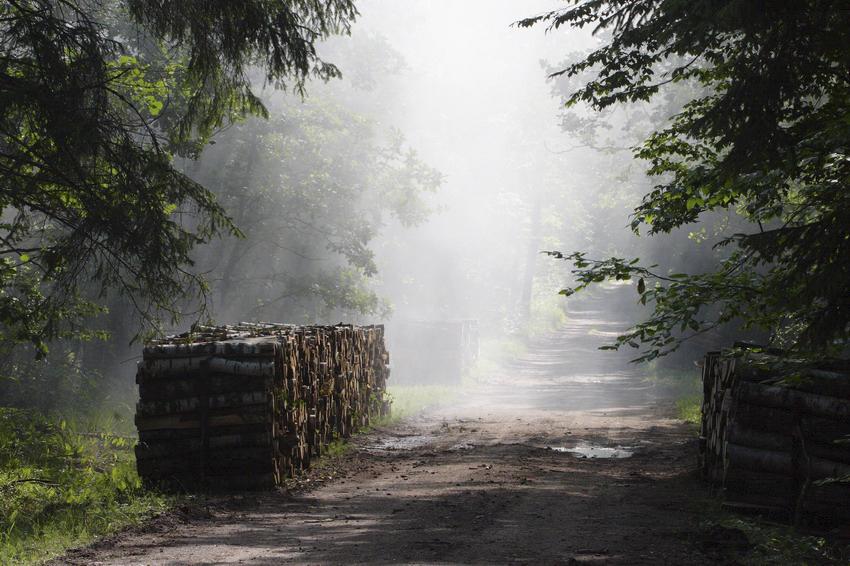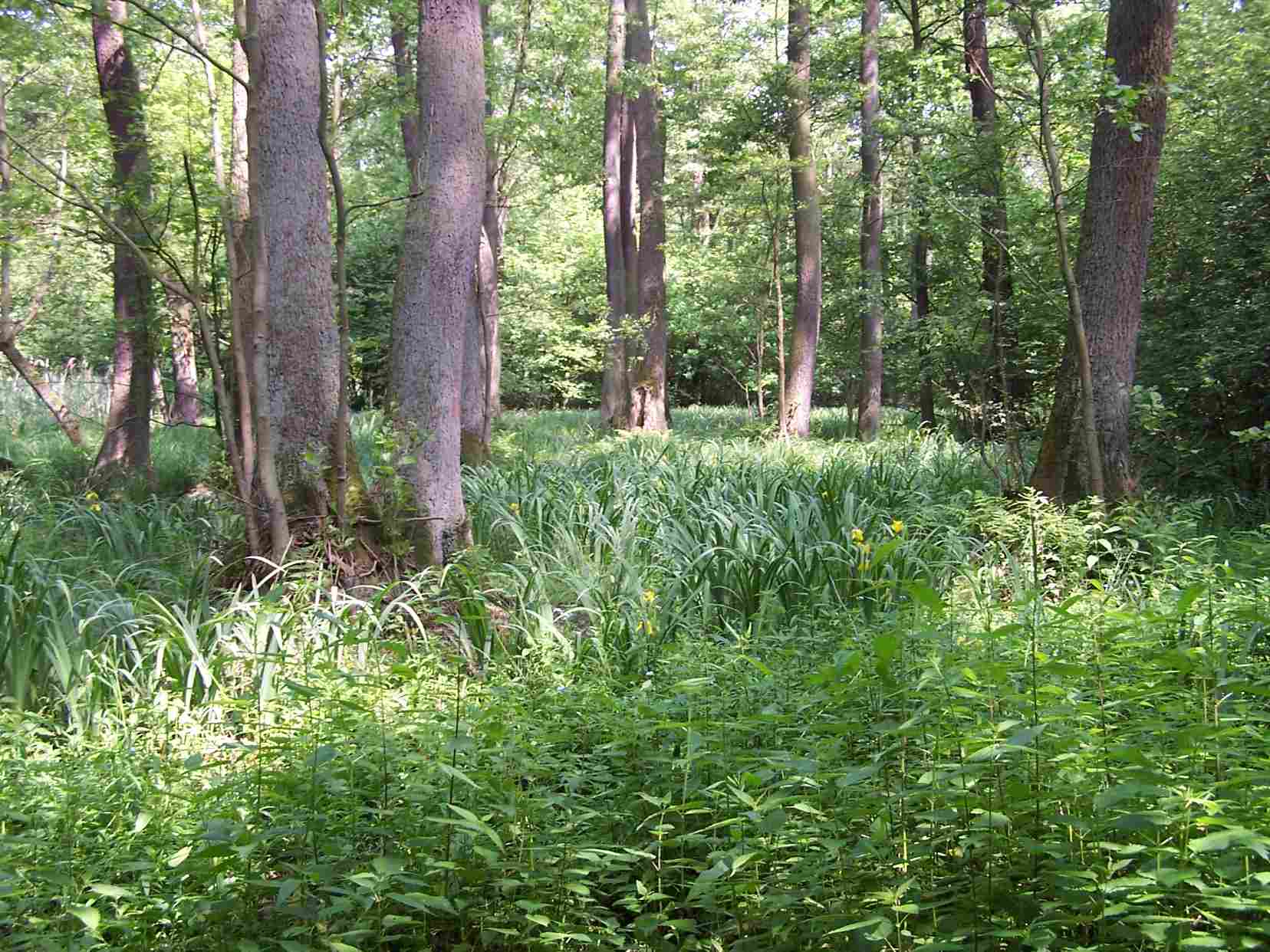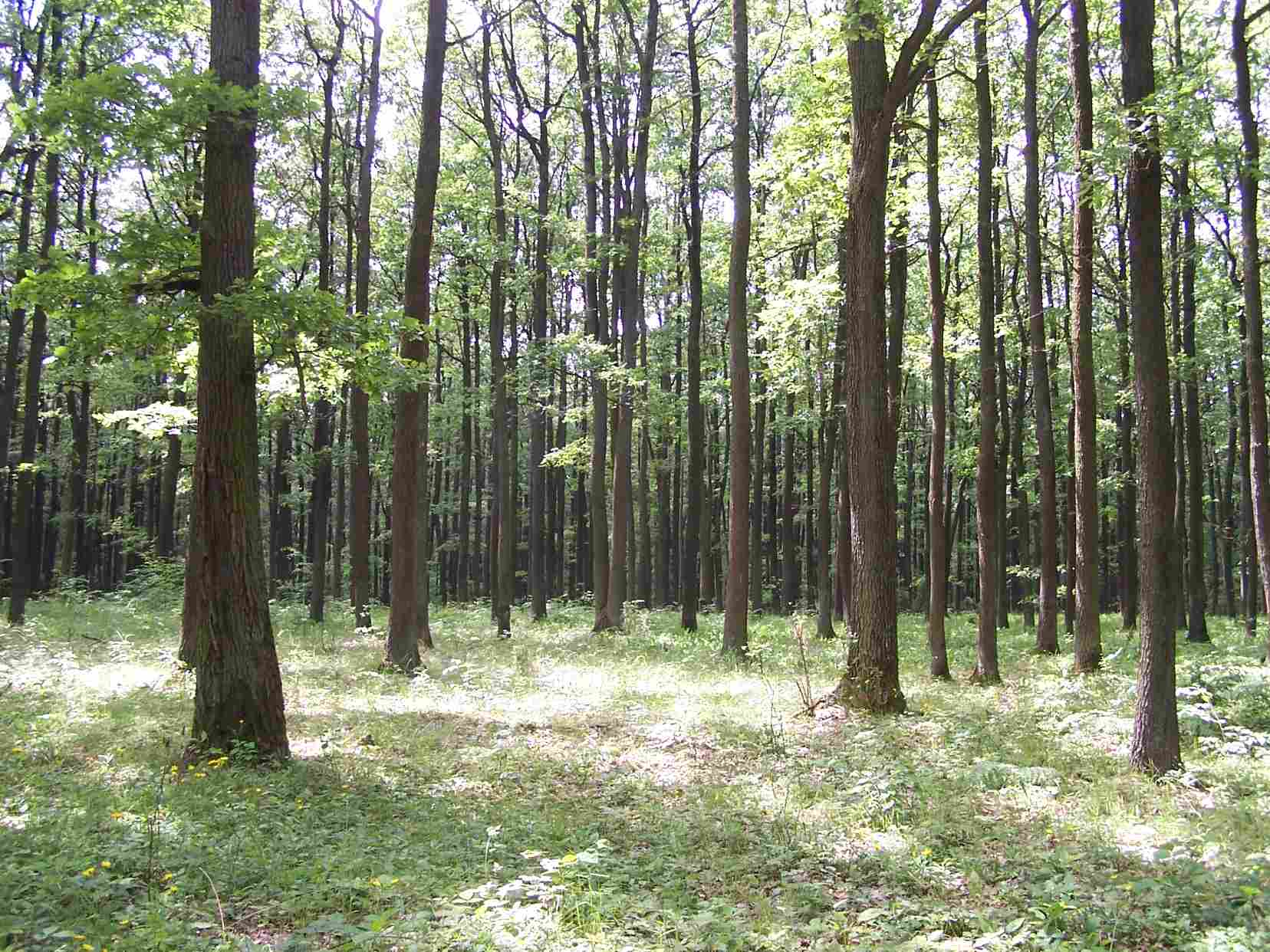 Asset Publisher
Asset Publisher
The State Forests National Forest Holding
The State Forests National Forest Holding is the largest organisation in the European Union managing forests, which belong to the State Treasury and celebrating its 90 anniversary this year.
Presently, we manage the area of one third of Poland's territory. Not long after the end of the Second World War, there was only 21 % of the area. Every year we plant 500 million of new trees, as we want Polish forests grow all the time.
Every year Polish foresters plant 500 million of trees.
85 % of nature reserves in Poland are located within the State Forests. 40 % of the forests managed by General Directorate of the State Forests are protected within the framework of European network Natura 2000. We fight against many threats: natural disasters, plaques of insects, trees' diseases, fires, pollutions, as well as poaching and vandalism.
We take care the forestry supplying the market with timber, as ecological and universal material, to be carried on in accordance with rules of balanced development (photography P.Fabjański).
One of our major tasks is making forests accessible to the society. We invite you to take advantage of these beautifully located within the forest wilderness holiday resorts, forester's lodges or guest rooms. That is for you, we create thousand kilometres of hiking trails, cycling paths or camping sites. All the above mentioned, you can find in service www.czaswlas.pl.
We also take care the forestry supplying the market with timber, as ecological and universal material, to be carried on in accordance with rules of balanced development. We obtain over 30 million of cubic meters of wood annually, twice as much as at the beginning of the nineties of the XX century.
Despite of this, the average of wood abundance per hectare of our forests is one fourth bigger than 20 years ago and 40% bigger than the average of European Union currently amounts.
In Poland in sectors connected with the forestry, there work about 375 thousand of people. It means that each 40 working Pole works in the forest.
In Poland in sectors connected with the forestry, there work about 375 thousand of people. It means that each 40 working Pole works in the forest. The sector of wood processing works out approximately 8 % of our GDP (Gross Domestic Product). Among others, thanks to the timber from the State Forests Poland is the 10 largest producer of furniture in the world, and the 4 largest furniture exporter.
The State Forests employ 25 thousand people. That way we are the 9 biggest employer in Poland. Among the largest companies in our country it takes 22 place in respect of its incomes and 11 place in respect of its profits. The value of assets, we manage, reaches 300 million zl. If we add social values, it will be worth one billion zlotych. We do not use money from the budget, but we earn money on our own to support the business. In spite of the financial crisis, since 2002, we continuously note down profits. Moreover, we pay taxes amounting 1,3 billion zl annually.
87 % of Poles think, the foresters are competent. We willingly share our knowledge of Polish forests, of their history and of nature values with the others. We publish books, periodicals, brochures; we also administer the website www.lasy.gov.pl . For children, the youth and teachers, we prepared internet service "E-lynx' Lynx Forest" (www.erys.pl). Our staff has supported schools in field of nature education for years. We also organise many actions to let people broaden their knowledge about forest, nature and ecology.
 Asset Publisher
Asset Publisher
 Asset Publisher
Asset Publisher
Rezerwaty
Rezerwaty
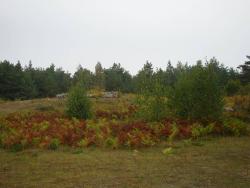 6 Rezerwat Węże-K.Bednarek.JPG
6 Rezerwat Węże-K.Bednarek.JPG
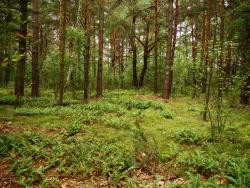 1 Rezerwat Węże-K.Bednarek.JPG
1 Rezerwat Węże-K.Bednarek.JPG
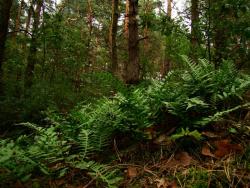 2 Rezerwat Węże-K.Bednarek.JPG
2 Rezerwat Węże-K.Bednarek.JPG
 3 Rezerwat Węże-K.Bednarek.JPG
3 Rezerwat Węże-K.Bednarek.JPG
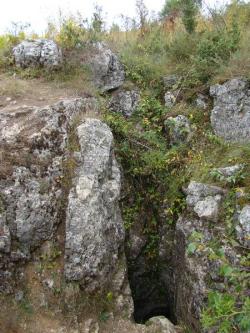 7 Rezrwat Węże-K.Bednarek.JPG
7 Rezrwat Węże-K.Bednarek.JPG
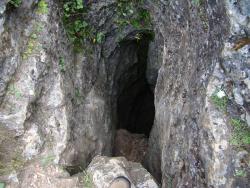 8 Rezerwat Węże-K.Bednarek.JPG
8 Rezerwat Węże-K.Bednarek.JPG
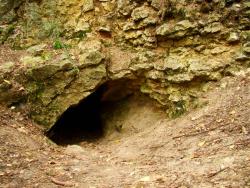 9 Rezerwat Węże-K.Bednarek.JPG
9 Rezerwat Węże-K.Bednarek.JPG
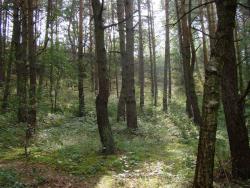 13 Rezerwat Węże-K.Bednarek.JPG
13 Rezerwat Węże-K.Bednarek.JPG
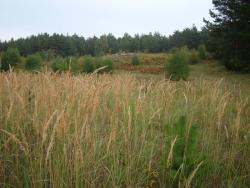 5 Rezerwat Węże-K.Bednarek.JPG
5 Rezerwat Węże-K.Bednarek.JPG
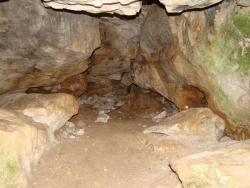 11 Rezerwat Węże-K.Bednarek.JPG
11 Rezerwat Węże-K.Bednarek.JPG
Rezerwaty to wydzielone obszary o szczególnych wartościach przyrodniczych, zachowane w stanie naturalnym lub mało zmienionym. Ogranicza się tam gospodarkę leśną. Spośród 1441 rezerwatów, które mamy obecnie w Polsce, 671 to rezerwaty leśne o łącznej powierzchni ponad 61 tys. ha. Rezerwaty stanowią 1,6 proc. powierzchni lasów zarządzanych przez LP.
Rezerwaty przyrody i inne formy ochrony przyrody na terenie nadleśnictwa
Na terenie Nadleśnictwa Wieluń występują 4 rezerwaty przyrody:
- Rezerwat "Lasek Kurowski"
- Rezerwat "Mokry Las"
- Rezerwat "Dąbrowa Niżankowicka"
- Rezerwat "Węże"
Łączna powierzchnia rezerwatów wynosi około 160 ha.
Na terenie rezerwatów ochroną objęte są gatunki drzew rodzimego pochodzenia, takie jak: sosna, jodła, dąb, olsza i brzoza tworzące drzewostany od III do VIII klasy wieku na siedliskach wilgotnych. Drzewostany te są dobrej jakości technicznej i hodowlanej.
"Bo na tym świecie, wszystko się miecie, w dolinę upadnie góra, tylko trwa stale to boskie dziecię, wieczna, niezmienna: Natura!" K. Ujejski
Rezerwat "Mokry Las" to obiekt chroniący fragmenty lasów grądowych z udziałem jodły, grądów niskich i lasów łęgowych, stanowiących relikty zbiorowisk leśnych pokrywających niegdyś cały obszar uroczyska, w którym rezerwat jest położony. Teren rezerwatu stanowi więc lokalną ostoję gatunków flory i fauny, które związane są z siedliskami niskich torfowisk i łęgów oraz wilgotnych grądów.
Rezerwat "Lasek Kurowski" to obiekt chroniący lasy z udziałem jodły przy granicy zasięgu występowania tego gatunku, to dobrze zachowane fragmenty lasów grądowych oraz olsów. Największy udział w drzewostanie stanowi olsza z domieszką świerka i dęba.
Lasek Kurowski - fot. M. Mazur
Rezerwat "Dąbrowa Niżankowicka" - gatunkiem dominującym jest dąb bezszypułkowy z domieszką sosny i brzozy brodawkowatej. Drzewostany dębowe są pozostałością lasów niegdyś rozpowszechnionych w tym regionie i stanowią rzadkie już dzisiaj skupiska lasu liściastego.
Dąbrowa Niżankowicka - fot. P.Wysocki
Rezerwat "Węże" to jedyny na terenie Nadleśnictwa rezerwat geologiczny, stworzony w celu ochrony wzgórz wapiennych, z systemem krasowym i osadów krasowych zawierających szczątki zwierząt kopalnych. Ponadto celem rezerwatu jest także ochrona charakterystycznej nawapiennej roślinności naskalnej oraz muraw kserotermicznych. Rezerwat ten znajduje się w północnej części geologicznej jednostki określanej jako Jura Polska.
Od 1 stycznia 2004 roku Rezerwat HOŁDA został przekazany do Nadleśnictwa Złoczew w wyniku zmian terytorialnych.


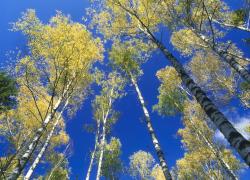 fot. Paweł Fabijański
fot. Paweł Fabijański
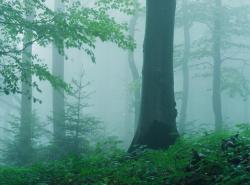 fot. Paweł Fabijański
fot. Paweł Fabijański
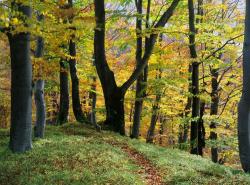 fot. Paweł Fabijański
fot. Paweł Fabijański
